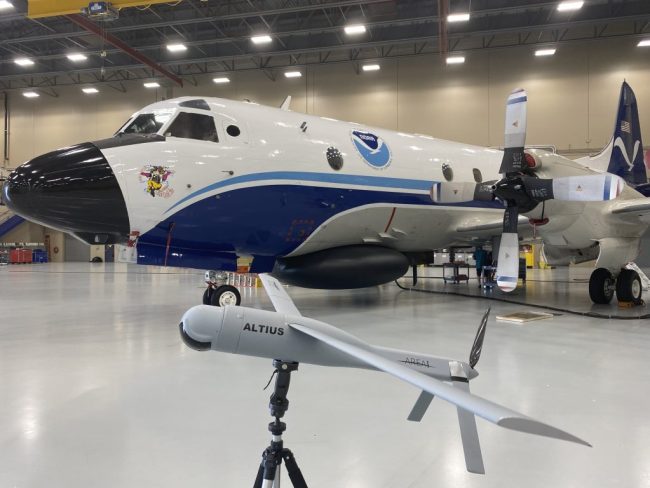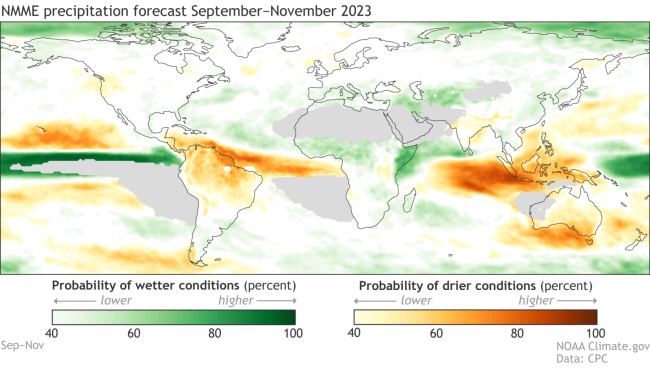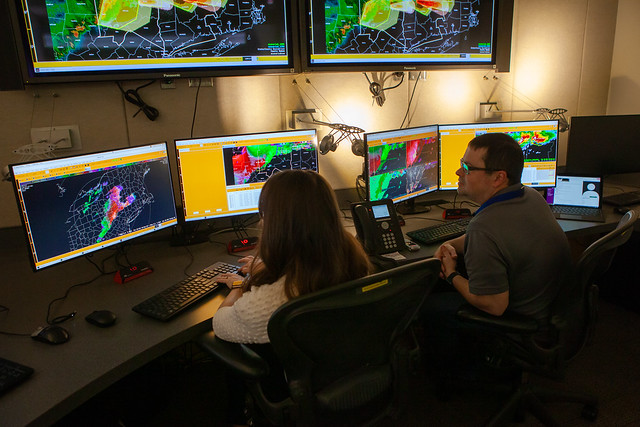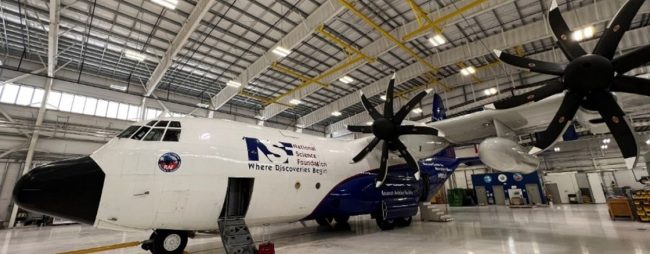News featured for display on the homepage.
WPO is part of history as two projects funded by the WPO Observations Program are supporting NOAA’s hurricane observing mission, which is being recognized in the 2024 Guinness World Records Book.
Are you planning to submit a proposal for the WPO FY24 NOFO? Before you apply, be sure to check out these FAQs about the competition.
The NOAA Weather Program Office (WPO) is proud to announce the awards for the FY23 Notice of Funding.
Join us for a week-long virtual CodeFest on September 18-22 from 9 a.m. to 5 p.m. The CodeFest is open to participants of all experience levels.
This year’s NOFO will fund approximately six projects, totaling up to $12.8 million per year.
Today, the Department of Commerce and NOAA announced a $7 million funding opportunity through President Biden’s Investing in America agenda to establish a new multi-university Data Assimilation Consortium that will improve weather predictions.
FREE Virtual Training Workshops are being held July 24-26 during UIFCW23. Help advance the Unified Forecast System (UFS) through EPIC’s hands-on workshops and accelerate weather modeling and innovations through open science.
Renee Richardson is one of seven women featured in an article by NOAA Global Ocean Monitoring and Observation for advancing hurricane research and forecasting at NOAA.
The Airborne Phased Array Radar (APAR) will be the world’s first phased array C-band, dual-Doppler, dual-polarization radar. WPO helped fund the initial research and development of APAR which received $91.8 million in June from the National Science Foundation.
UCAR | CPAESS and NOAA’s Weather Program Office are excited to welcome the inaugural class of the Weather Program Office (WPO) Innovation for Next Generation Scientists (WINGS) Dissertation Fellowship of 2023-2024.









